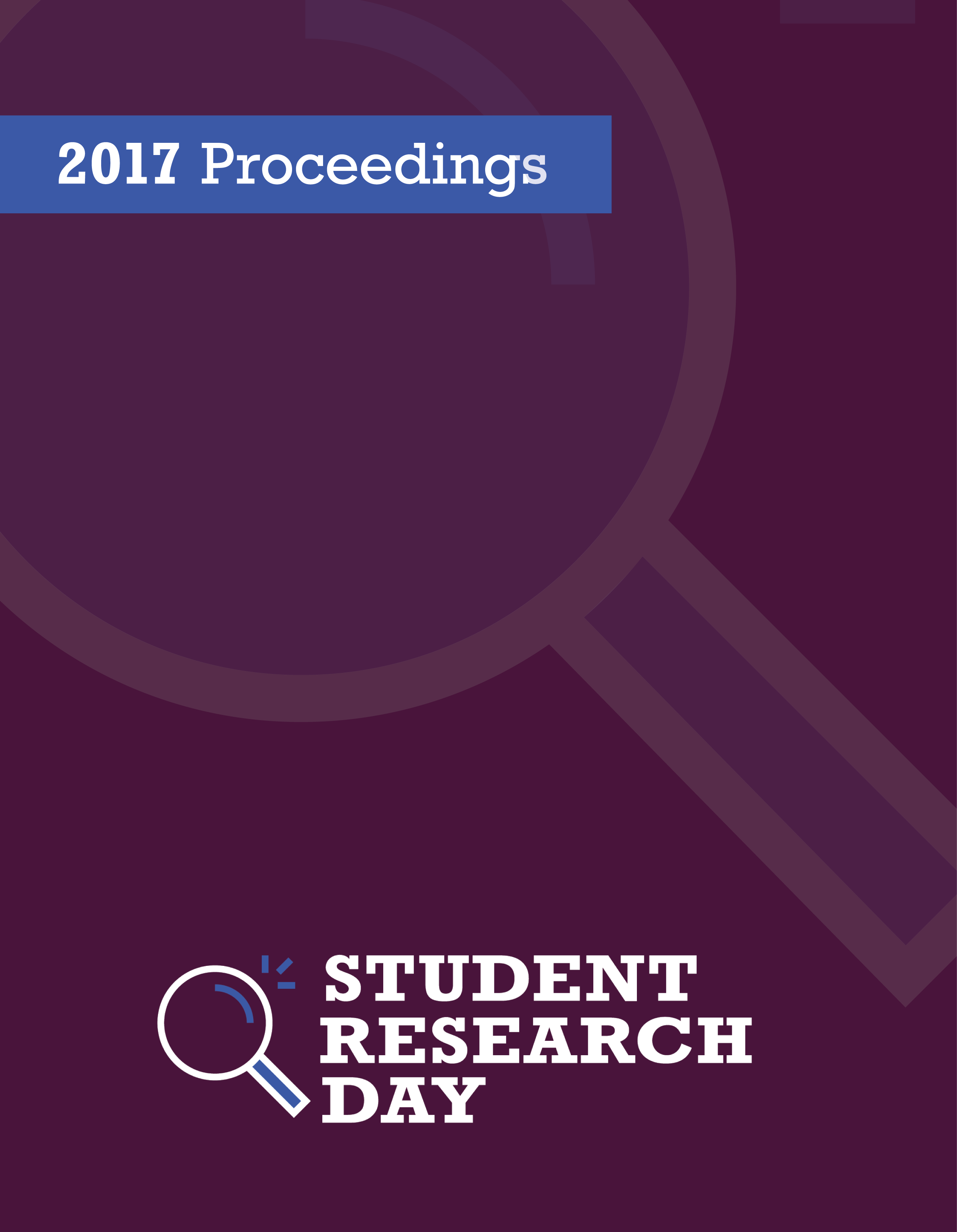Interpreting The First and Second Sailings In Plato’s Pheado
Abstract
In this essay I will be investigating the first and second sailings in Plato’s Phaedo In order to discover how they function in the text and in relation to one another. I will refer to articles by Julia Annas and James G. Lennox to problematize this issue. These “sailings” are part of Socrates’ attempt at addressing an objection which his interlocutor, Cebes, brings forward against his argument for the immortality of the soul. Socrates does not respond to Cebes’ objection with an argument but with an autobiographical account of his longing as a young man to know “why each thing comes to be, passes away and exists” and his disappointment at the mechanistic 1 methodology that surrounded this inquiry. Socrates appears to make two attempts at addressing his ontological curiosities. He refers to the latter attempt as the second sailing, wherein he proceeds by testing out a hypothesis that “forms” exist and from this Annas and Lennox, infer a first sailing. Julia Annas and James G. Lennox suggest it is not clear why Socrates moves on to this “formal” method to answer his initial question because it is not clear how hypothesizing about forms coheres with the teleological emphasis in the first sailing. I will argue that these two sailings are not presenting two altogether separate models of explaining the natural world, one teleological and the other formal. I will suggest that the second sailing is a second attempt at answering a fundamentally teleological question.
Discipline: Philosophy
Faculty Mentor: Dr. Susan Mills
Published
Issue
Section
License
Authors retain any and all existing copyright to works contributed to these proceedings.



